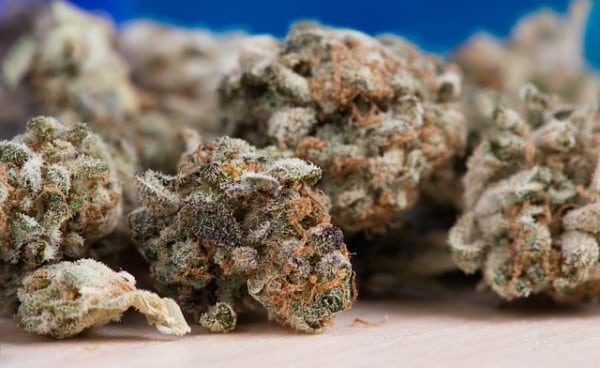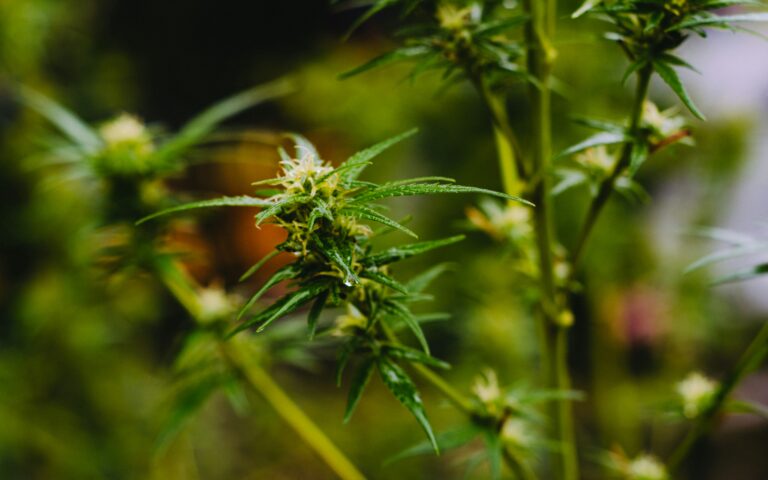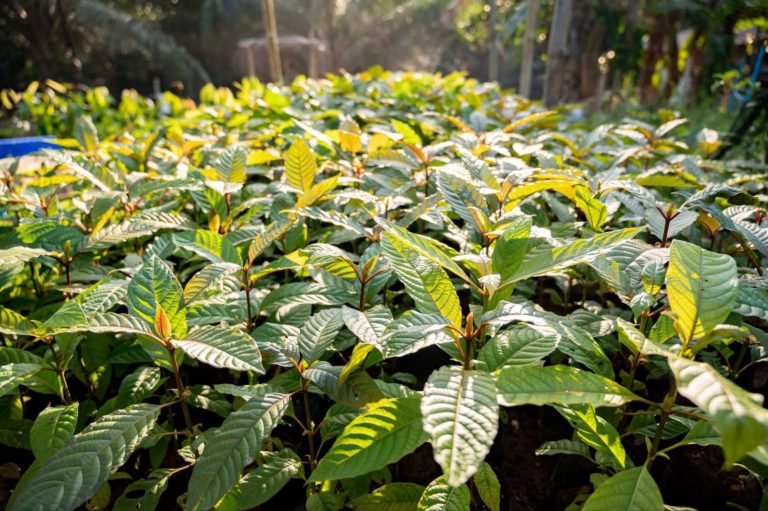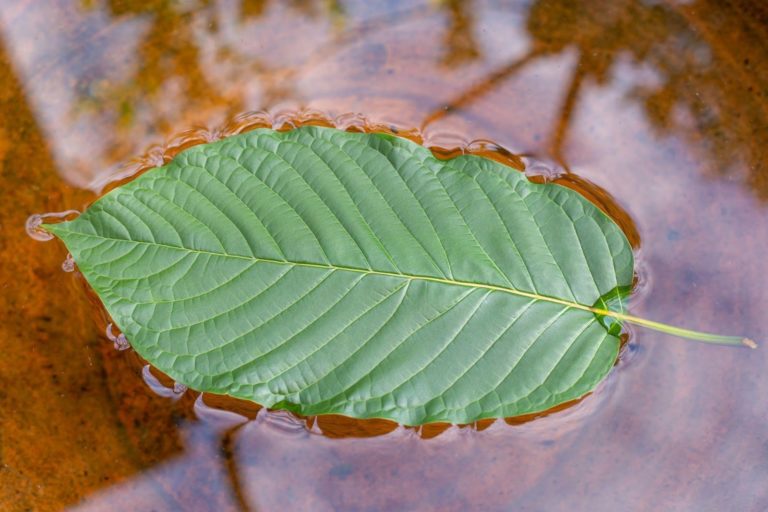
Written by: Nicholas Demski, Staff Writer at Terpenes and Testing Magazine
Quick! Name the top five basketball players in the world today!
Unless you’re a committed sports fan, you probably only thought of the one person you know: LeBron James, maybe Stephen Curry.
The NBA, however, has several hundred players in the league. Many players are unknown even to highly interested fans. There are players who sit on the end of the bench, play eight minutes a season, and make six figures doing so. They aren’t untalented players; they are simply outshined by the biggest names in the game and only play as a 6’6” victory cigar.
A similar phenomenon has occurred with expanding research into terpenes. Everyone is talking about supposedly stronger–more important– terpenes: beta-caryophyllene, myrcene, pinene, and limonene. Yet, researchers have discovered well over a hundred different terpenes present in Cannabis already. [1]
Despite the encouraging research into the capabilities of the aforementioned terpenes, wisdom tells us to not discount the currently unknown–or misunderstood–terpenes.
You wouldn’t want to challenge Christiano Felicio to a game of basketball just because he gives up a ridiculous amount of points while he’s on the floor; he would still destroy you. He’s lesser-known and out-punched by the bigger stars, but he’s still in the NBA.
In the same way, the unknown terpenes might not have the ostentatious allure of the well-known ones, but, considering what we know about the entourage effect–they are no less important.
Let’s elucidate the nature of two of the up-and-coming stars of the unknown terpenes.
- Guaiol
When a novice cannabis user opens a mason jar and gets a smell of pine, they are likely to equate the smell of pine to pinene–the more famous pine-smelling terpene. As packed with vowels as it is pine-smell, guaiol is a terpene characteristically present in popular cultivars like Harlequin and White Widow.
To the astute cannabis enthusiast, guaiol is known for its anti-microbial and anti-inflammatory effects. A closer look at its medicinal properties reveals guaiol is key in propagating cannabis’ anti-cancer components. In fact, a recent study in Oncotarget [2] describes how guaiol “significantly inhibits cell growth of non-small cell lung cancer cells both in vitro and in vivo,” by encouraging cell apoptosis and increasing chemosensitivity in patients.
- Valencene
The sweet and citrusy smell of many cannabis varieties is often attributed to limonene. One might be inclined to think that a freshly opened Valencia orange is sprouting with it. In both cases, it’s more likely you’re smelling the valencene; and, Agent Orange and Tangie are two cultivars bursting with the smell of it.
More important than its smell and flavor is its medicinal properties. In 2016, a study published in April [3] and one published in August [4] both found that valencene has skin-protecting properties. From battling certain type of skin lesions to counteracting UV-induced melanoma, valencene is showing promise as rising star in the world of terpenes.
Conclusion
These two terpenes aren’t widely known yet are important to human health. As research moves forward, don’t be surprised to hear more about them–and other unknown terpenes.
Is there a lesser-known terpene that you’re a big fan of?
Reference:
[1] Giese et al., “Method for the Analysis of Cannabinoids and Terpenes in Cannabis”, Journal of AOAC International, 2015***,*** 98(6): 1503-1522.
[2] Yang et al., “(−)-Guaiol regulates RAD51 stability via autophagy to induce cell apoptosis in non-small cell lung cancer”, Oncotarget, 2016, 7(38): 62585–62597.
[3] Nam et al., “Valencene from the Rhizomes of Cyperus rotundus Inhibits Skin Photoaging-Related Ion Channels and UV-Induced Melanogenesis in B16F10 Melanoma Cells”, Journal of Natural Products, 2016, 79(4):1091-6.
[4] Yang et al., “Inhibitory Effect of Valencene on the Development of Atopic Dermatitis-Like Skin Lesions in NC/Nga Mice”, Evid Based Complement Alternat Med, 2016, 2016: 9370893.
To read more articles like this, visit www.terpenesandtesting.com and www.extractionmagazine.com.









